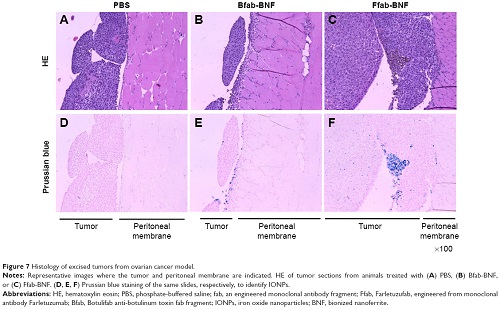Difference Between PBS and HBSS
PBS vs. HBSS
“PBS” is the abbreviation for phosphate buffered saline, while HBSS is the acronym for Hank’s balanced salt solution. These two are forms of a saline solution with certain ingredients or chemicals added to achieve their purposes.
Both PBS and HBSS are used in cell biology, mostly in molecular biology and biochemistry experiments and overall biological research. During a biological experiment, both solutions are placed in a Petri dish with a cell or tissue. The solution holds the cell or tissue for examining or for use during the activity.
Phosphate buffered saline, as its name implies, is a buffer. It strives to maintain a neutral pH in order not to destroy the cell or tissue sample and maintain the osmolarity of the cells. It is also non-toxic to cells.
As a buffer solution, it is a mixture of a “weaker” base or acid with a corresponding conjugate acid or base. Buffer solutions are usually ones that are added into another solution for purposes of maintaining a particular level of pH. Aside from performing as a buffer, they are also used to dilute substances and rinse containers that used to hold cells for effective sanitation.
The main ingredients of phosphate buffered solutions are: water, sodium chloride, and sodium phosphate. In some recipes, there is an addition of potassium chloride and potassium phosphate.
Meanwhile, Hank’s balanced salt solution is also an isotonic solution that acts to maintain a certain level of pH and the sample’s osmotic pressure. It provides the sample cell or tissue with the sufficient amount of salt ions that balances the amount of water inside the cell. This results in preserving the sample in its natural state and structure. Providing the wrong amount of salt ions in the solution can lead to cell shrinkage or bursting.
On the other hand, Hank’s balanced salt solution’s main components are: sodium, potassium, calcium, magnesium, and chloride. There are varieties of ingredients, which can consist of potassium chloride, disodium hydrogen phosphate, potassium dihydrogen phosphate, sodium formate, calcium chloride, magnesium chloride, and sodium chloride. Another ingredient is glucose. Additional ingredients can include hydrated magnesium sulfate (MgSO4 * 7H20) and sodium bicarbonate (NaHCO3).
Since there are some risks in preparing Hank’s balanced salt solution, many prefer the solution to be bought rather than made. Recipes for these solutions vary from one ingredient or concentration to another; it largely depends on the user or company who makes the solution. Both solutions can be bought commercially mixed or concocted inside a laboratory. Most of the time, PBS is in liquid form, while HBSS can be in liquid or powder form.
Summary:
PBS and HBSS are forms of saline solutions with added ingredients for purposes and activities in cell biology.
Both PBS (phosphate buffered solution) and HBSS (Hank’s balanced salt solution) are isotonic solutions. Their salinity echoes the salinity of the human body, which makes the sample cell or tissue stable during an experiment. They also both help maintain a neutral pH and osmotic pressure on the sample. As an isotonic solution, both PBS and HBSS maintain the flow of water from inside and outside the same cell or tissue.
PBS is a buffered solution, while HBSS is a balanced salt solution. Both have different ingredients and forms. PBS is mostly found in liquid form, while HBSS can come in powder or liquid form.
Recipes for both solutions vary depending on the manufacturer or the available chemicals.
PBS is easier to make than HBSS. There are also dangers in making HBSS, which is a reason why people prefer to buy it rather than make it.
- Differences Between Fraternity And Sorority - January 8, 2014
- Differences Between Lucite and Plastic - January 7, 2014
- Differences Between Oil and Butter - January 6, 2014
Search DifferenceBetween.net :
4 Comments
Leave a Response
References :
[0]https://www.dovepress.com/antibody-mediated-targeting-of-iron-oxide-nanoparticles-to-the-folate--peer-reviewed-fulltext-article-IJN
[1]http://journal.frontiersin.org/article/10.3389/fnins.2015.00045/full



What are the dangers associated with making HBSS, or where could I find that information? Thanks.
Not actually
How long can we keep the viability of extracted teeth with PBS before they were used in lab experiment?
If we need longer period ( 1 week – 1 month) what solution suggested to keep the viability of the extracted teeth ? Thank you
how we use Hbss in serum bactericidal assay